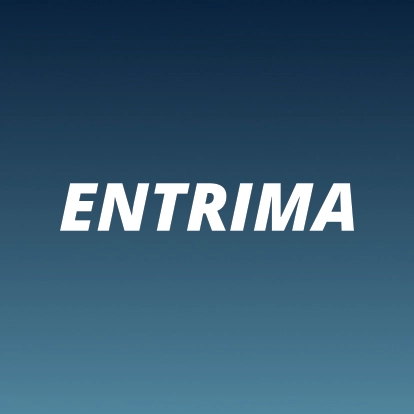The Baltic Exchange develops and maintains various indices for freight. Amongst these are the Baltic Freight Index, the Baltic Dry Index, the Baltic Capesize Index and the Baltic Panamax Index, as well as the Baltic Dirty Tanker Index, the Baltic Clean Tanker Index and the Baltic Supramax Index.
The Baltic Freight Index (BFI) is a freight index which reflects the development of freight rates for most intensely sailed sea routes. At the launch of the index, in 1985, the Baltic Freight Index was based on 13 different routes. In time, more routes were added and after a while, the Baltic Freight Index got split into subcategories. There are now indices which reflect freight rates for dry bulk only (namely, the Baltic Dry Index, or BDI), for Capesize vessels (namely, the Baltic Capesize Index, or BCI), for Panamax vessels (being the Baltic Panamax Index, or BPI), and so on. The Baltic Dry Index has become well-known, because of the large market share of dry bulk commodities.
The Baltic Freight Index (BFI) was introduced to provide a settlement price for a freight futures contract: the Baltic International Freight Futures Index (BIFFEX). For this contract, the BFI index serves as a reference in order to calculate the required cash flow (to effectuate settlement).
In the late 1990s, the BFI was sub-divided into vessel-specific indices to allow more tailored hedging strategies for the market. The Baltic Dirty Tanker Index (BDTI) and the Baltic Clean Tanker Index (BCTI) were introduced in 1998, while in April 1999 the Baltic Capesize Index (BCI) and the Baltic Panamax Index (BPI) were launched. This was followed by the introduction of the Baltic Handy Index (BHI) in November 1997, which became the Baltic Handymax Index (BHMI) in 2001. In January 2006, the Baltic Supramax Index (BSI) superseded the BHMI as part of the general evolution of ship types and the Baltic Handysize Index was introduced in 2007 to represent the smaller dry bulk vessels trading in the market
